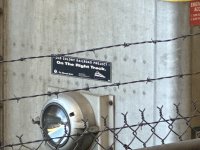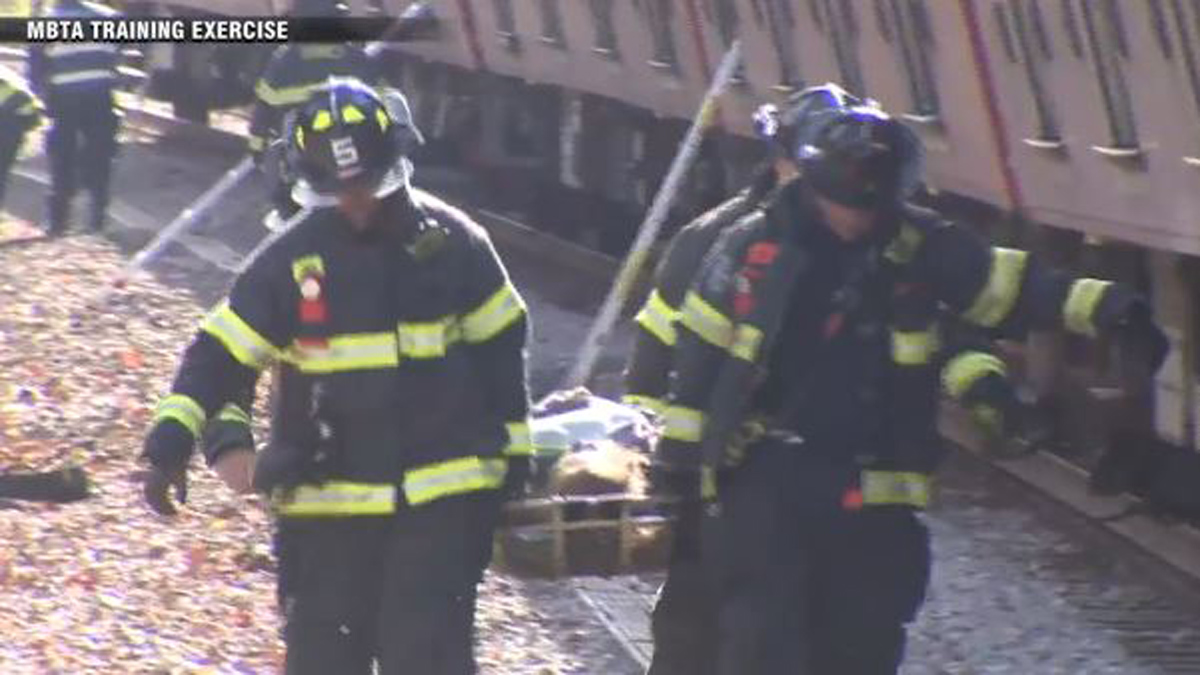Not impossible, (According to one railroad.net poster the max speed used to be 50, no source provided) but it's probably not a priority either. The only place you'd really see significant time savings is between Malden Center and Wellington as that's the only place with stops over 1 mile apart. For reference, NQ and JFK are 3.6 miles apart. Just to model the time savings we'll use R160s from NYC since I can immediately find numbers for them. They have an average acceleration of 2.5 MPH/s, which means that they take .14 miles to accelerate to 50 MPH, compared to around .09 miles to accelerate to 40 MPH. I'll assume a similar distance for deceleration because I'm lazy, it's actually a bit shorter. Add a few seconds onto the time savings if you'd like. So with a maximum speed of 40 MPH, JFK-NQ takes ~5:40, but with a max speed of 50 MPH it goes down to ~4:40. Malden Center and Wellington are 1.7 miles apart, so running the numbers again gets you 2:50 at 40 MPH, or 2:20 at 50 MPH. For stops spaced .5 miles apart like on the SW corridor, it's 1:01 at 40 MPH vs 0:56 at 50 MPH.
Assuming an average 10 second penalty between stops, excluding the downtown stops which are closer than 1500ft between them and with the 30 seconds for Malden Center-Wellington, that gives a very rough estimate for the total end-to-end time penalty for the Orange Line of about 2 minutes. Not really a big deal, and less than the ~2:30 just on the Braintree branch of the Red Line.





